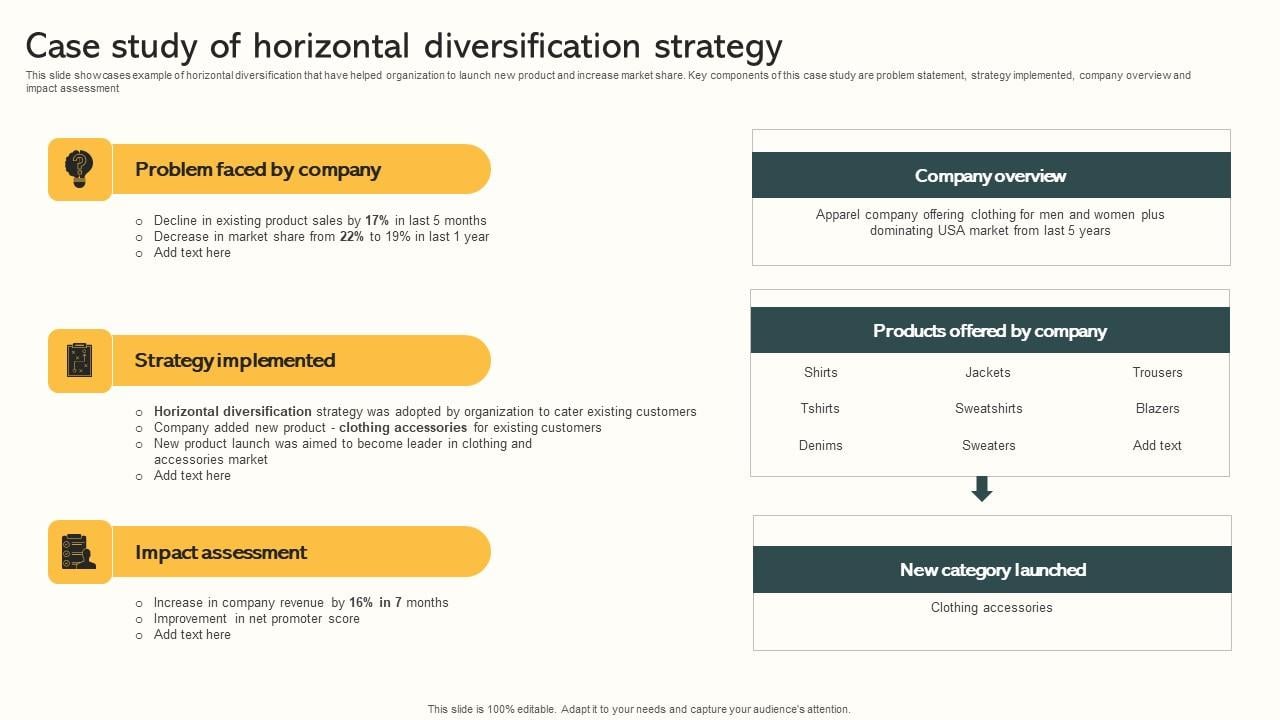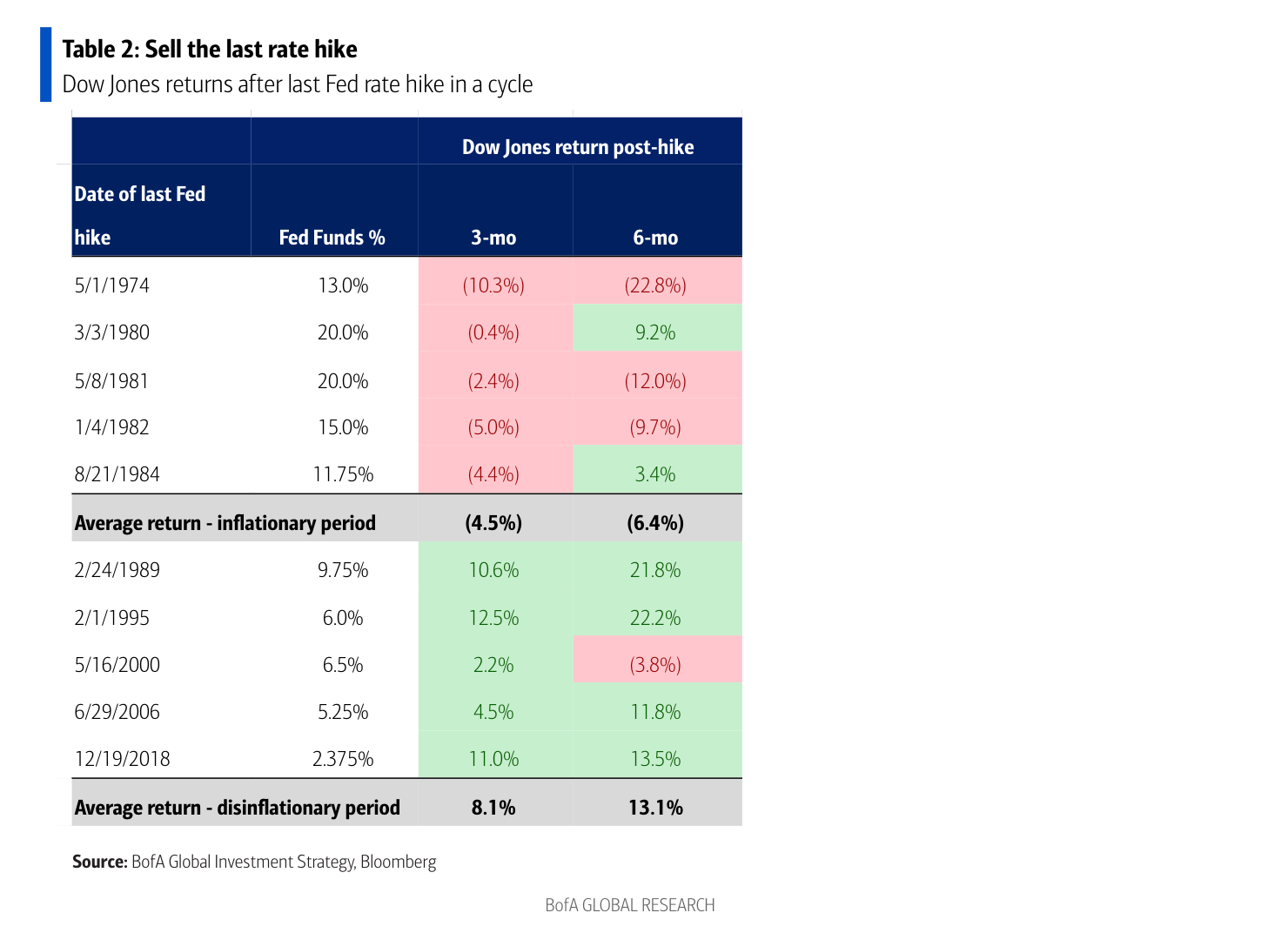China's LPG Market: A Case Study In Trade Diversification From US To Middle East

Table of Contents
The Rise of China's LPG Demand
China's LPG consumption has experienced exponential growth over the past decade, driven by several interconnected factors. This surge in demand underscores the nation's increasing energy needs and its commitment to diversifying its energy sources. Key factors include:
- Growth in urban populations and increased cooking gas use: Rapid urbanization has led to a substantial increase in households relying on LPG for cooking and heating, boosting residential LPG demand.
- Expansion of the petrochemical industry requiring significant propane feedstock: China's booming petrochemical sector, a key driver of its economic growth, necessitates vast quantities of propane, a major component of LPG, as a crucial feedstock for plastics and other chemical products. This industrial LPG consumption contributes significantly to the overall demand.
- Government initiatives promoting cleaner-burning fuels in transportation: Efforts to reduce air pollution in major Chinese cities have led to increased use of LPG as an automotive fuel, particularly in public transportation fleets and taxis. This has further spurred LPG demand growth.
- Statistical data on LPG consumption growth in China over the past decade: Data from reputable sources like the IEA and BP Statistical Review of World Energy consistently demonstrate a double-digit percentage increase in China's LPG consumption year-on-year for the past decade, highlighting the phenomenal growth of this market.
The Decline of US LPG Exports to China
The once-dominant position of the US as a supplier of LPG to China has significantly diminished. This decline is attributable to a confluence of factors, primarily related to the escalating US-China trade war and subsequent geopolitical tensions.
- Impact of US tariffs on Chinese LPG imports: The imposition of tariffs on US goods, including LPG, dramatically increased the cost of importing US LPG to China, making it less competitive compared to alternative suppliers.
- Increased shipping costs and logistical challenges from the US to China: The geographical distance between the US and China translates to higher shipping costs and longer transit times, rendering US LPG less attractive in the face of cheaper alternatives.
- Competition from other LPG exporting nations: The emergence of Middle Eastern LPG exporters offering competitive pricing and more favorable logistical arrangements significantly impacted the competitiveness of US LPG in the Chinese market.
- Geopolitical tensions influencing trade relations: The overall deterioration of US-China relations, extending beyond trade disputes, created an atmosphere of uncertainty that discouraged continued reliance on US LPG supplies.
The Emergence of Middle Eastern LPG Suppliers
The Middle East has swiftly filled the void left by the diminishing US LPG exports to China. Several factors contributed to this rise:
- Analysis of LPG production capacity in major Middle Eastern countries: Countries like Saudi Arabia, Qatar, and the UAE possess significant LPG production capacity, able to meet the substantial demand from China.
- Competitive pricing strategies adopted by Middle Eastern suppliers: Middle Eastern suppliers have adopted aggressive pricing strategies, leveraging their abundant resources and lower production costs to gain a competitive edge.
- The role of improved infrastructure and shipping routes: The development of improved port infrastructure and more efficient shipping routes between the Middle East and China has significantly reduced transportation costs and time, enhancing the attractiveness of Middle Eastern LPG.
- Governmental support for LPG exports in the Middle East: Many Middle Eastern governments actively support the export of LPG, viewing it as a crucial component of their national energy strategies and economic diversification plans.
Impact on Global LPG Market Dynamics
The shift in China's LPG sourcing has had far-reaching implications for the global LPG market.
- Changes in global LPG price benchmarks: The increased influence of Middle Eastern suppliers has impacted global LPG price benchmarks, leading to greater price volatility and impacting the pricing strategies of other LPG producers.
- Impact on the competitiveness of other LPG exporters: Other LPG exporters, including those in the US and other regions, have faced increased competitive pressure as a result of the surge in Middle Eastern LPG exports to China.
- Increased diversification in global LPG supply chains: China's diversification of its LPG import sources reflects a broader trend toward greater diversification in global energy supply chains, aimed at enhancing energy security and resilience.
- The overall impact on global energy security: The shift in LPG trade patterns has implications for global energy security, underscoring the interdependency of energy markets and the geopolitical factors influencing energy trade flows.
Conclusion
China's growing LPG demand, initially met by US exports, has undergone a significant transformation. The decline of US LPG exports, largely driven by geopolitical factors, has paved the way for the Middle East to become the dominant supplier. This shift highlights the crucial role of geopolitical considerations in shaping global energy trade. The strategic importance of LPG trade diversification for China's energy security is undeniable. Further research into China's LPG market and its implications for global energy trade is crucial for understanding future trends in the China LPG market. Stay informed on the latest developments in the evolving dynamics of China's LPG imports and global LPG trade.

Featured Posts
-
 Bmw Porsche And The Shifting Sands Of The Chinese Automotive Market
Apr 24, 2025
Bmw Porsche And The Shifting Sands Of The Chinese Automotive Market
Apr 24, 2025 -
 Chat Gpt Under Ftc Scrutiny Implications For Ai Development And Regulation
Apr 24, 2025
Chat Gpt Under Ftc Scrutiny Implications For Ai Development And Regulation
Apr 24, 2025 -
 Vs
Apr 24, 2025
Vs
Apr 24, 2025 -
 Are High Stock Valuations A Concern Bof As Take
Apr 24, 2025
Are High Stock Valuations A Concern Bof As Take
Apr 24, 2025 -
 Turning Trash To Treasure An Ai Powered Poop Podcast From Mundane Documents
Apr 24, 2025
Turning Trash To Treasure An Ai Powered Poop Podcast From Mundane Documents
Apr 24, 2025
